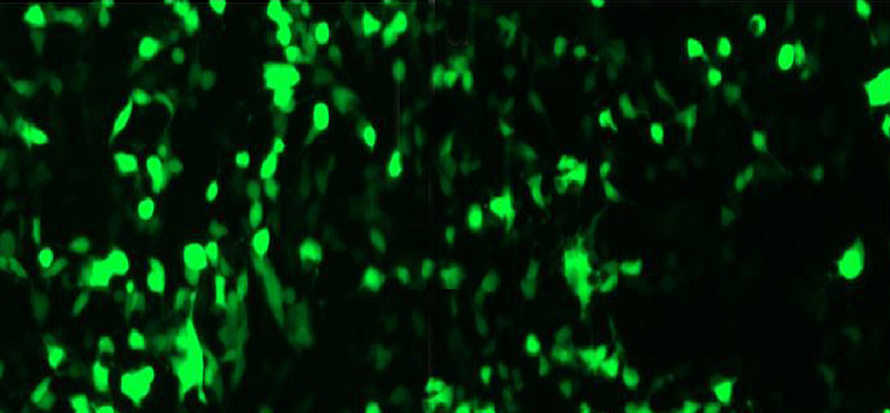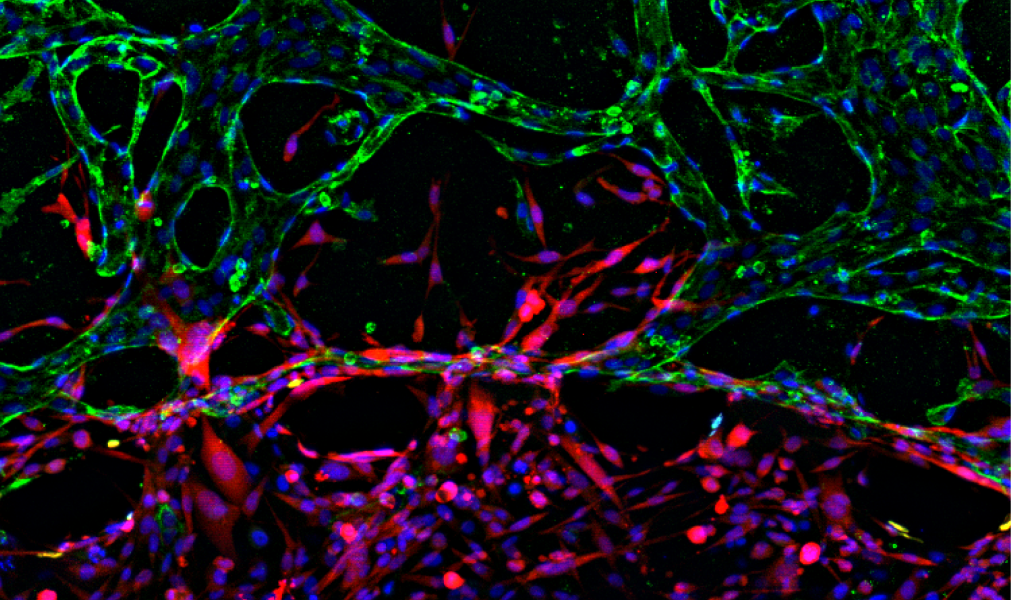A possible relationship between commonly-occurring oral bacteria and the cancer-causing human papillomavirus (HPV).


A possible relationship between commonly-occurring oral bacteria and the cancer-causing human papillomavirus (HPV).
![Early-Stage Cancer Detection with a Lanthanide-Based Metal Organic Framework [Video]](https://www.advancedsciencenews.com/wp-content/uploads/2018/04/adfm201707169_ASN_image_002.png)
Researchers from Nankai University and the Collaborative Innovation Center of Chemical Science and Engineering in Tianjin, China, demonstrate a luminescent sensor based on a lanthanide metal–organic framework (Ln-MOF) for early detection of cancer.

A team of researchers from the UK present the application of wavelength modulated Raman spectroscopy for the automated label‐ and fluorescence‐free classification of fixed squamous epithelial cells in suspension, such as those produced during a cervical smear test.

Cancer Reports Poster Prizes: Cancer Genomics and Mathematical Data Analysis Symposium

Research into how to better visualize tumor cells during surgery is underway, with a hope of limiting the occurrence of positive surgical margins.

In their review in BioEssays, Beata Ujvari and colleagues review how the transmissible cancer termed ‘devil facial tumor disease’ affects life history adaptations in Tasmanian devils.

A biosensor based on SERS to detect lung cancer volatile organic compound (VOC) from exhaled breath.

The process of metastasis, in which cancer cells migrate to distant organs from the primary tumor region, is the key pathological event responsible for 90% of all of the cancer-related deaths. The critical early steps of the metastatic cascade of events, namely...

Synthetic cells that function as autonomous systems for producing an anti-cancer protein inside the body are developed.

A novel reactive oxygen species (ROS)-promoted nanomedicine platform can effectively inhibit tumor growth, reduce side effects experienced in common anticancer drugs, while promote on-target uptake.